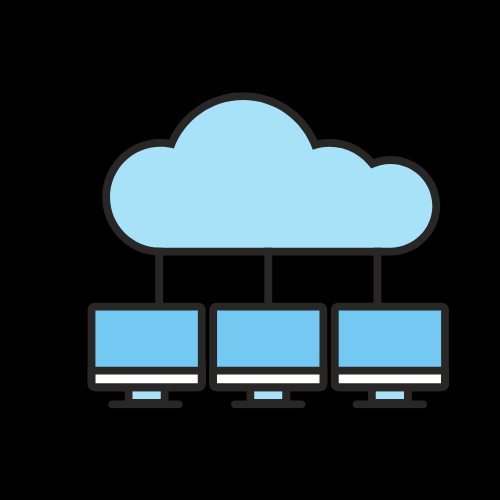[ad_1]
Cold email lead generation is a powerful and effective way to grow your business and reach new customers. With the right strategies and tools, you can create targeted and personalized email campaigns that drive results. In this comprehensive guide, we’ll take a look at the ultimate strategies and tools for Cold email lead generation.
1. Understand Your Target Audience
Before you start sending out cold emails, it’s important to understand your target audience. Who are they? What are their pain points and challenges? What solutions are they looking for? By understanding your audience, you can create more relevant and compelling email content that resonates with them.
2. Build a Quality Email List
The foundation of any successful Cold email lead generation campaign is a quality email list. There are many tools and services available to help you build and manage your email list, such as Mailchimp, Constant Contact, and HubSpot. These tools can help you collect and organize email addresses, segment your audience, and track engagement metrics.
3. Craft Compelling Email Content
Once you have a quality email list, it’s time to craft compelling email content that grabs your audience’s attention. Personalization is key here – try to tailor your emails to the recipient’s interests and needs. Use catchy subject lines, clear calls to action, and engaging visuals to make your emails stand out in crowded inboxes.
4. Use Automation Tools
Automation tools can help streamline and scale your Cold email lead generation efforts. Tools like ActiveCampaign, Drip, and Pardot allow you to create automated email sequences, trigger emails based on user behavior, and track performance metrics. This can save you time and effort while still delivering personalized and timely emails to your audience.
5. Test and Optimize Your Emails
An important aspect of Cold email lead generation is testing and optimizing your emails for maximum effectiveness. A/B testing tools like Optimizely and Unbounce allow you to test different email variations to see which one performs best. Use data-driven insights to continuously improve your email content and increase your conversion rates.
6. Personalize Your Outreach
Personalization is key to successful Cold email lead generation. Use tools like Yesware and Outreach to personalize your outreach at scale. These tools can help you create custom email templates, track email opens and clicks, and schedule follow-ups to nurture leads over time.
7. Monitor and Analyze Results
Tracking and analyzing the performance of your Cold email lead generation efforts is essential for ongoing success. Tools like Google Analytics, Mixpanel, and Kissmetrics can provide valuable insights into how your emails are performing and where you can make improvements. Use this data to refine your strategies and continue to drive better results.
8. Stay Compliant with Email Regulations
Finally, it’s important to stay compliant with email regulations and best practices. Make sure you’re familiar with anti-spam laws like CAN-SPAM and GDPR, and use email verification tools like ZeroBounce and NeverBounce to ensure your email list is clean and up to date.
Cold email lead generation can be a highly effective strategy for growing your business and reaching new customers. By understanding your audience, crafting compelling content, using automation tools, testing and optimizing, personalizing your outreach, monitoring results, and staying compliant with email regulations, you can create successful Cold email campaigns that drive real results. And with the wide range of tools and services available to support your efforts, there’s no better time to start Cold email lead generation than today.
[ad_2]
